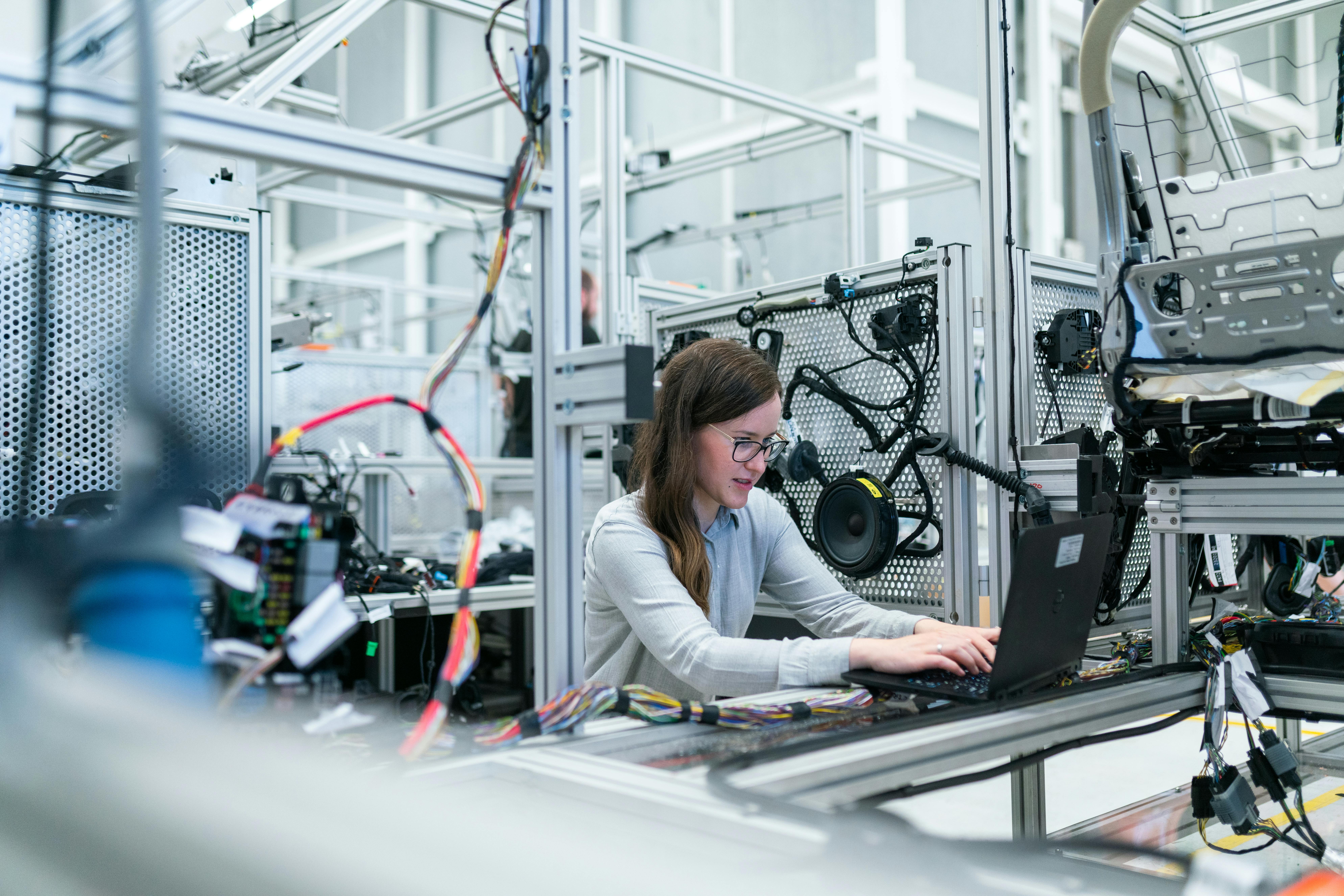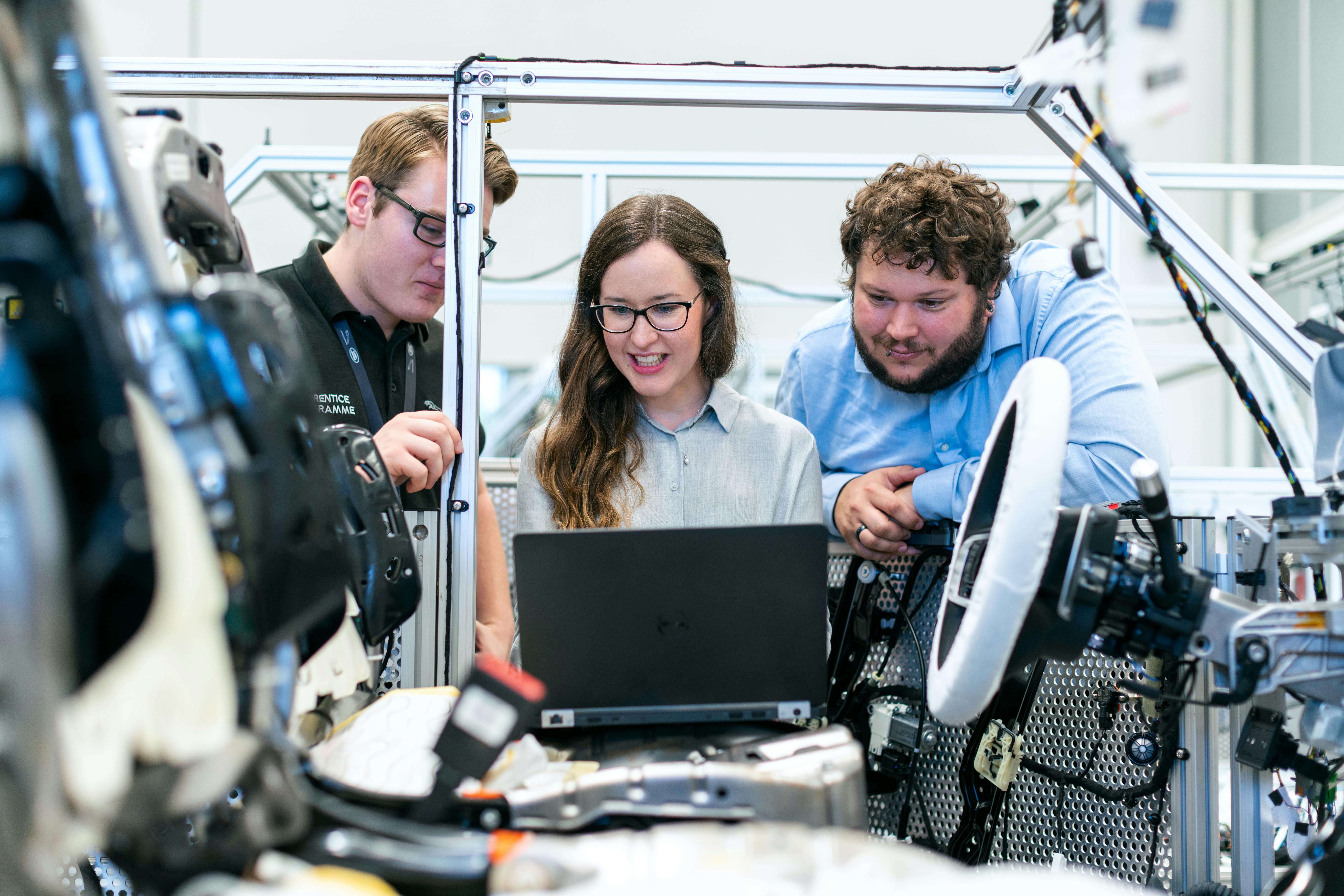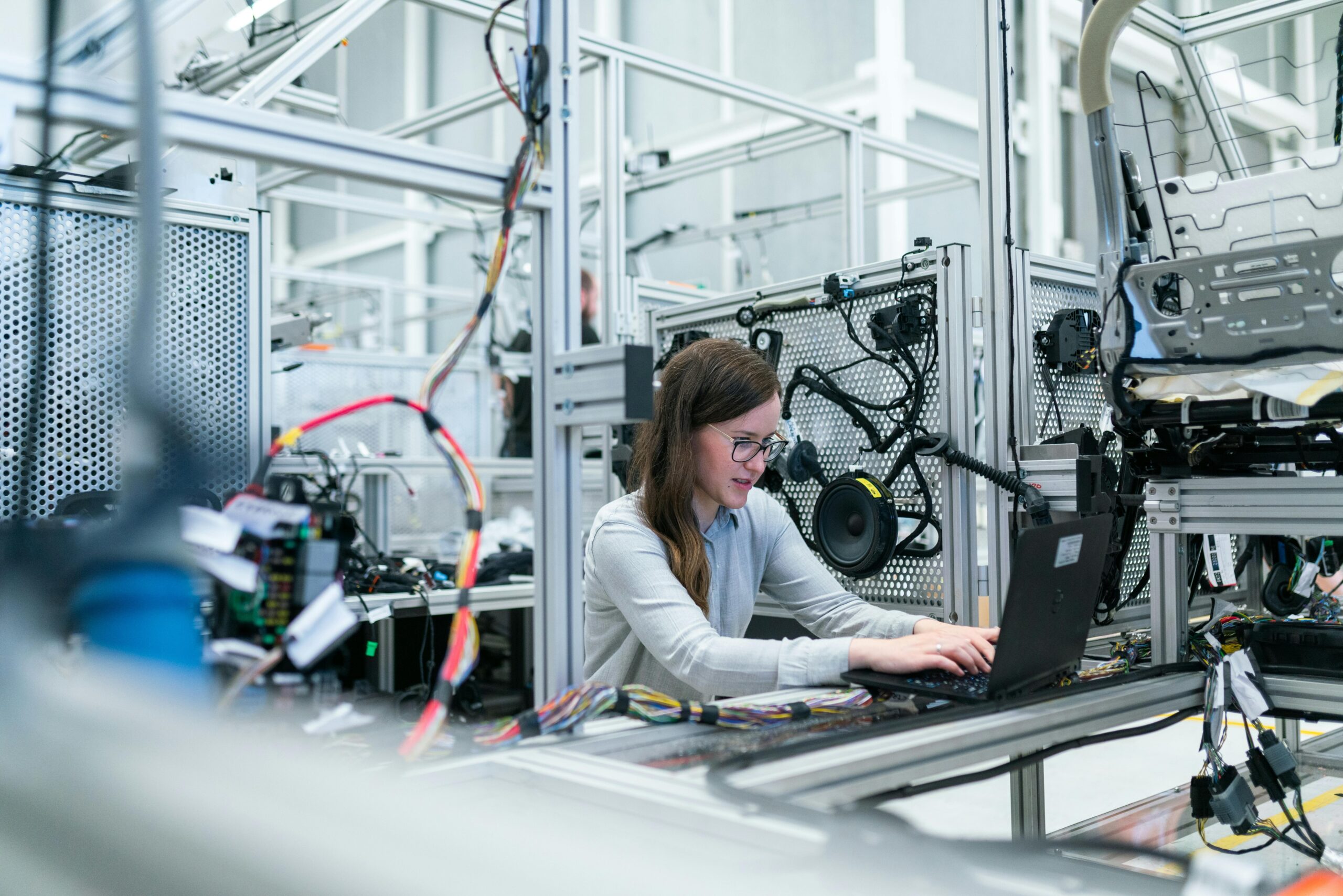Exploring the Top Testing Technologies and Their Impact on Software Development
In today’s fast-paced software development world, testing technologies play a pivotal role in ensuring software quality and reliability. As the demand for faster delivery and higher-quality products grows, the need for advanced testing methods has never been more critical. This article will explore the latest testing technologies, offering insights into their functionality, real-world applications, and how they are transforming the software testing landscape.

Understanding the Fundamentals
Testing technologies are essential to the software development lifecycle, enabling developers to identify bugs and issues early in the process. These technologies encompass a range of techniques and tools designed to automate and enhance testing, ensuring that software meets its intended functionality and performance criteria. With the evolution of software development methodologies like Agile and DevOps, testing technologies have had to adapt rapidly, becoming more efficient and integrated into continuous development pipelines.
In its early stages, software testing was manual, labor-intensive, and prone to errors. However, with the advent of automated testing and more sophisticated tools, the efficiency and accuracy of testing have improved dramatically. Today, testing technologies are at the heart of ensuring that modern software applications meet user expectations for speed, reliability, and security.
1.1 Automated Testing
Automated testing is one of the most significant advancements in testing technologies. It allows developers to execute test cases automatically without manual intervention, saving time and reducing human error. Tools like Selenium and TestComplete enable testers to automate repetitive tasks such as regression testing, which ensures that new code changes do not break existing functionality.
According to a report by TechBeacon, automated testing increases the speed of software delivery by 50% and significantly reduces the cost of testing over time. However, it’s essential to have a well-defined test suite and test data for automation to be truly effective.
1.2 Continuous Testing
Continuous testing is an integral part of modern software development practices, particularly in Agile and DevOps environments. It refers to the ongoing testing of software at every stage of the development cycle, ensuring that issues are caught early and fixing bugs as they arise. This approach integrates automated testing into continuous integration and continuous delivery (CI/CD) pipelines, enabling faster and more reliable releases.
Continuous testing is especially important as it ensures software remains stable and reliable throughout its development and deployment, reducing the chances of critical bugs reaching production.
Practical Implementation Guide
Implementing testing technologies effectively requires careful planning and an understanding of the available tools. Here’s how you can apply the core principles of testing technologies to your software development process to maximize efficiency and quality.

2.1 Actionable Steps
- Step 1: Select the Right Tools – Choose testing tools that align with your project needs. Tools like Selenium, JUnit, and Postman are excellent for web application testing, while Appium is ideal for mobile testing.
- Step 2: Develop Test Cases and Scripts – Develop comprehensive test cases that cover all possible use cases, including edge cases. Automate these test cases using the selected tools.
- Step 3: Integrate Testing into CI/CD Pipeline – Set up automated tests to run as part of the CI/CD pipeline to ensure continuous testing and faster feedback loops.
2.2 Overcoming Challenges
While testing technologies offer numerous benefits, there are challenges that teams may face when implementing them. Below are some common obstacles along with solutions:
- Tool Compatibility Issues: Ensure that the selected tools integrate smoothly with your existing development environment. Choosing tools with good community support or commercial vendor support can help mitigate integration issues.
- Test Script Maintenance: Automated test scripts can become outdated as the application evolves. Regularly update test scripts to ensure they remain relevant and accurate.
- Time Investment: Initially, setting up automated testing and CI/CD pipelines can be time-consuming, but the long-term benefits in terms of faster releases and higher software quality are worth the investment.
Advanced Applications
Once you’ve mastered the basics, it’s time to explore more advanced testing technologies that can elevate your testing strategy. These techniques are often more complex but provide significant advantages for large-scale or mission-critical applications.

3.1 AI-Powered Testing
AI-powered testing technologies utilize machine learning algorithms to automatically detect bugs, predict areas of high risk, and even generate test cases based on code changes. AI can also analyze historical test results to optimize testing strategies and suggest areas that require more attention. Tools like Testim and Applitools use AI to enhance automated testing, significantly improving accuracy and reducing the need for manual intervention.
One of the key benefits of AI-powered testing is its ability to adapt to changes in the application without requiring frequent updates to test scripts. This feature is particularly useful in fast-paced development environments where changes are frequent and unpredictable.
3.2 Performance and Load Testing
Performance and load testing are critical for understanding how an application will behave under various user loads. Tools like JMeter and LoadRunner simulate a large number of users to evaluate the application’s scalability and performance. These tests are crucial for identifying bottlenecks, ensuring the software can handle high traffic, and providing a seamless user experience even during peak usage periods.
Integrating performance testing into your development process helps ensure that your software can meet user demands, particularly for web and mobile applications where user experience is paramount.
Future Outlook
The future of testing technologies is exciting, with innovations like AI-driven testing, cloud-based test environments, and enhanced automation continuing to push the boundaries of what’s possible. In the next 3-5 years, we can expect even more seamless integrations between testing tools and development platforms, along with the emergence of predictive testing techniques that proactively identify defects before they occur.
As software development evolves, it will be essential for teams to keep up with these advancements, ensuring that their testing strategies remain effective and efficient in an increasingly complex landscape.
Conclusion
Testing technologies are a cornerstone of modern software development, ensuring that applications are robust, reliable, and performant. By adopting automated testing, continuous testing, and exploring advanced techniques like AI-powered testing, teams can significantly improve the quality and speed of software delivery.
As you implement these technologies, remember that the key to success lies in selecting the right tools, integrating them into your development process, and continuously adapting to new trends. Start testing smarter today to stay ahead of the competition.
Frequently Asked Questions
- Q: What is automated testing, and why is it important? Automated testing involves using tools to automatically run test cases. It is crucial because it saves time, reduces human error, and ensures faster feedback during the development cycle.
- Q: How do I get started with continuous testing? To get started, integrate automated tests into your CI/CD pipeline. Ensure that tests run at every stage of development, catching issues early and improving software quality.
- Q: How long does it take to implement automated testing? The time investment depends on the size and complexity of your project. For a small application, it might take a few weeks; for a larger system, it could take several months.
- Q: What is the cost of using advanced testing technologies? The cost varies depending on the tools you choose. Open-source tools like Selenium are free, while commercial tools like LoadRunner may have licensing fees.
- Q: How does AI testing compare to traditional methods? AI testing is more adaptive and intelligent, reducing the need for constant script maintenance and improving accuracy. Traditional methods require more manual effort and are often less flexible.
- Q: How difficult is it to implement performance testing? Performance testing can be complex, especially for large applications. However, using the right tools and understanding your system’s bottlenecks can simplify the process.
- Q: Can testing technologies be applied in all industries? Yes, testing technologies are applicable across various industries, from healthcare to finance, ensuring software reliability in diverse environments.
